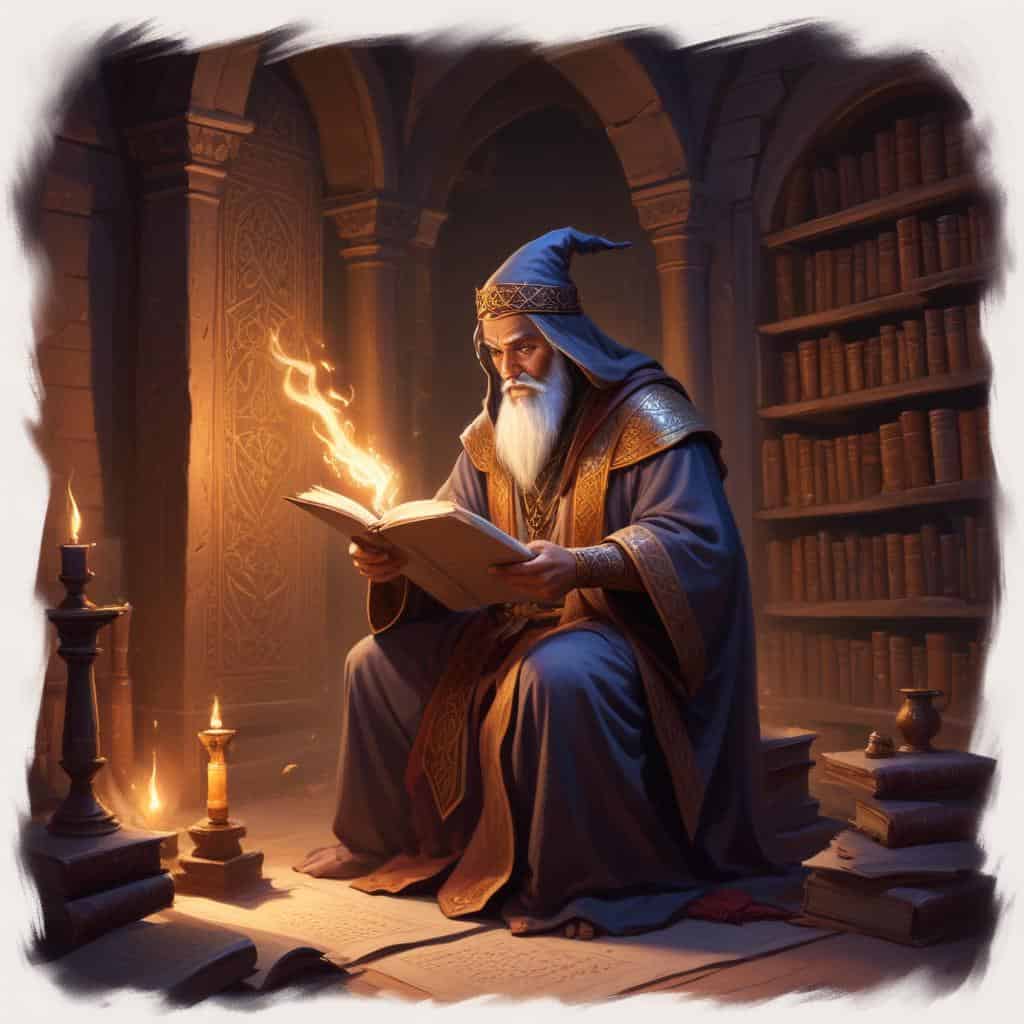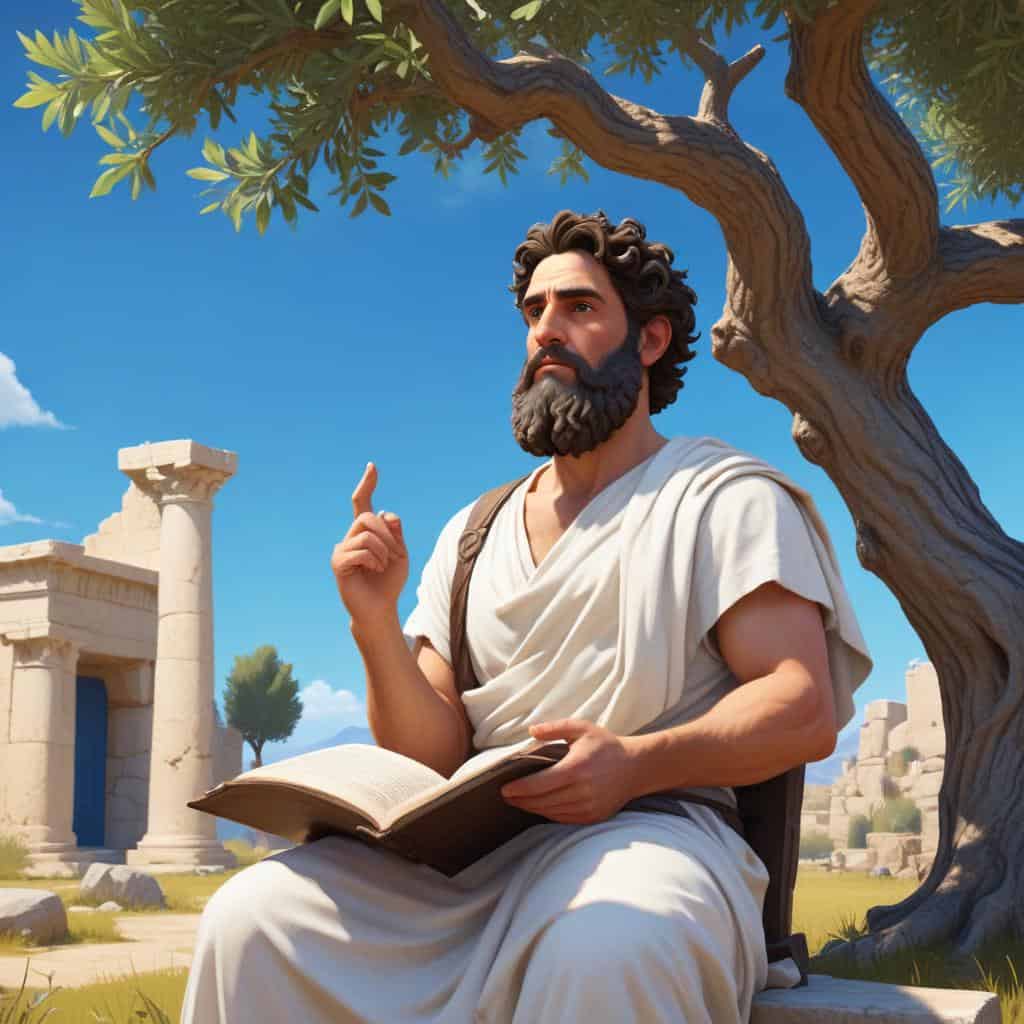Romanticism is a cultural movement that started in Europe in the late 18th century. It emphasized emotion and individualism over reason and tradition. Romanticism influenced art, literature, and music during this period. Romantic artists often focused on nature, imagination, and the supernatural. Some famous Romantic writers include William Wordsworth, Mary Shelley, and Edgar Allan Poe. Romanticism was a reaction against the Industrial Revolution and the Age of Enlightenment. It celebrated the beauty of the natural world and the power of the human spirit.
Romanticism valued personal experiences and emotions, encouraging people to follow their hearts and express themselves creatively. This movement had a lasting impact on Western culture, inspiring future generations of artists, writers, and musicians. The Romantic era continues to be studied and appreciated for its contributions to the arts and humanities.

Summary List
- Romanticism was an artistic, literary, and intellectual movement that originated in Europe in the late 18th century.
- It emphasized emotion, individualism, nature, and the supernatural.
- Romanticism sought to break away from the conventions of the Neoclassical period and focus on personal expression and imagination.
- Prominent Romantic writers include William Wordsworth, Samuel Taylor Coleridge, and Edgar Allan Poe.
- Romanticism had a lasting impact on art, literature, and music, influencing future movements such as Realism and Symbolism.
Games to Learn Romanticism Art History
Learning Modules
Introduction to Romanticism Art
Dive into the passionate world of Romanticism art with this comprehensive introduction to the movement's key artists and themes.
I Want To Learn This!Historical context of Romanticism
Explore the revolutionary ideas and artistic expressions of Romanticism in the 18th and 19th centuries, challenging traditional norms and celebrating individualism.
I Want To Learn This!Key artists and their works
Explore the emotional depth and dramatic landscapes of Romanticism through the works of key artists such as J.M.W. Turner and Caspar David Friedrich.
I Want To Learn This!Themes and concepts in Romantic art
Explore the emotional intensity, beauty of nature, and emphasis on individualism in Romantic art, reflecting the philosophical ideas of Romanticism.
I Want To Learn This!Influence of nature and landscapes in Romanticism
Explore the profound influence of nature and landscapes on the Romantic movement, shaping the artistic expression and emotional depth of this revolutionary period in art history.
I Want To Learn This!Romanticism in literature and poetry
Explore the beauty of nature, intense emotions, and individualism in the captivating world of Romantic literature and poetry.
I Want To Learn This!Romanticism and the sublime
Explore the beauty and awe-inspiring power of nature through the lens of Romanticism and the concept of the sublime in this captivating study.
I Want To Learn This!Romanticism and the representation of women
Romanticism art explores the beauty and complexity of women, capturing their essence and emotions with a sense of mystery and longing.
I Want To Learn This!












